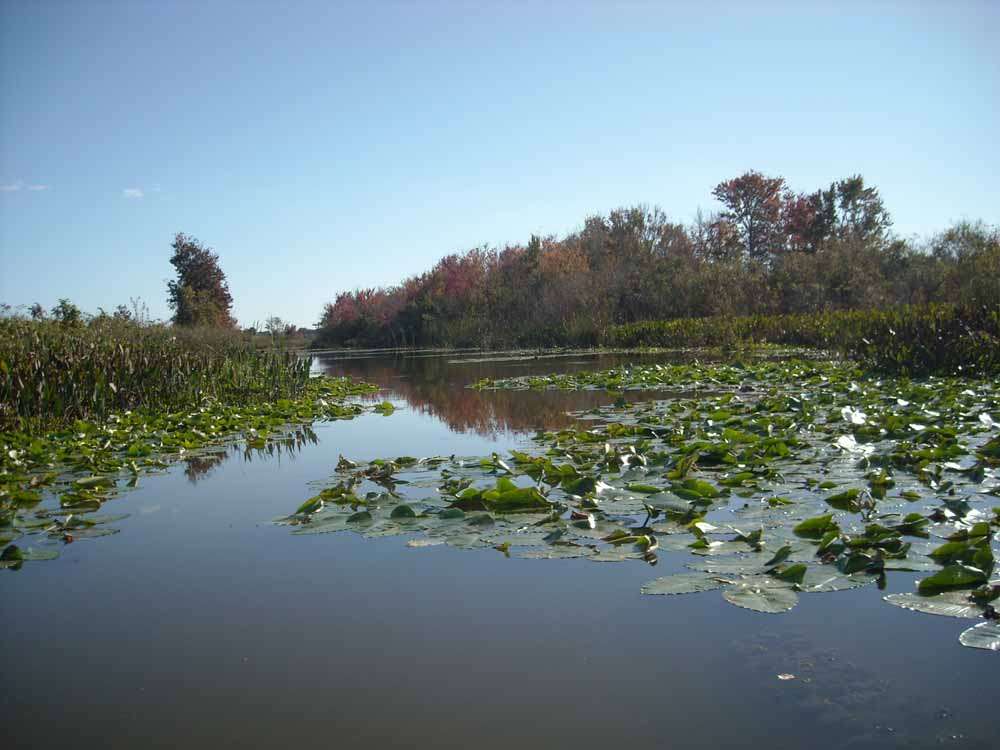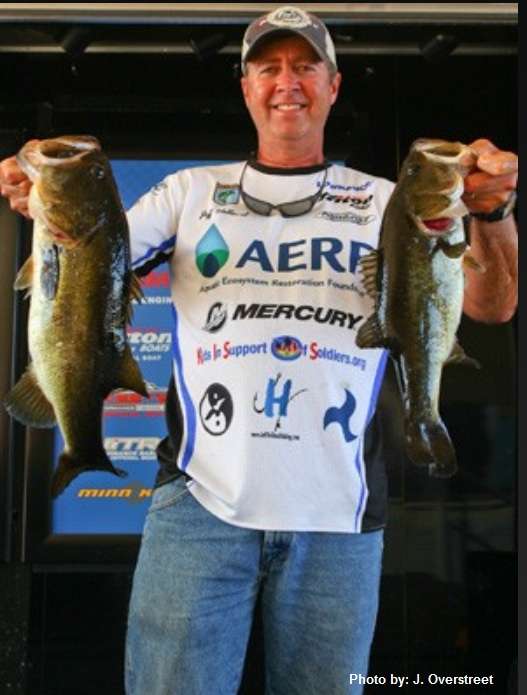
The recent Bassmaster Southern Open tournament results showed that bass fishing on the Harris Chain of Lakes in Florida continues to shine, and it should. Florida communities and natural resource agencies have spent a lot of time and money improving the water and wildlife habitats.
Cleaning up the water has yin-yang consequences. When nutrient pollution is reduced, it lowers algae blooms and clears up the water. When the water clears, aquatic plants grow more. If you add an exotic plant to this mix, the normal balance is severely one-sided, in favor of exotic plants.
To be a better angler, you should understand the dynamics involved in managing aquatic plants and water. When one is altered, it invokes change in the other. The Harris Chain is at a stage where water quality is improving and native plants have not fully established. At this point, it’s extremely important for lake managers to have the support of anglers for controlling the exotic plants. Without this control, exotics will take over the native, slow-growing plants. Remember, exotic plants come from lands outside the U.S., where harsh environmental conditions selected these plants to be stronger, grow faster and require less sunlight and nutrients. Side-by-side exotics outgrow and out-complete native plants without our help.
Competitors found that native plants and good water clarity were two main factors for winning stringers. The presence of nearly 1,000 acres of hydrilla in Lake Harris did not even show up on the radar for many anglers nor did they play a major role in the outcome of the tournament.
To catch the majority of the pre-spawn and spawning bass, Southern Open competitors focused on three primary plant communities using a variety of techniques:
(1) Eelgrass and Southern Naiad beds growing out as deep as four feet of water were targeted with weightless plastic worms, lipless crankbaits and spinnerbaits.
(2) Spatterdock lilies growing over shallow water flats were fished using topwater toad baits, weightless plastic worms, lipless crankbaits, spinnerbaits and Texas-rigged soft plastics.
(3) Bulrush/cattail stands growing along the shorelines were mostly flipped and pitched using creature baits and straight-tailed plastic worms.
Clean water and a balance of native plants were the dominant factors in cashing a check at the first Bassmaster Southern Open. Several top competitors watched their patterns dissolve when winds blew dirty, algae-clogged water into clear-water areas on the last day.
Natural resource managers could not have written a better story for their efforts.
Editor’s Note: For detailed information on aquatic plants and plant management programs throughout the US, please visit the Aquatic Ecosystem Restoration Foundation.





